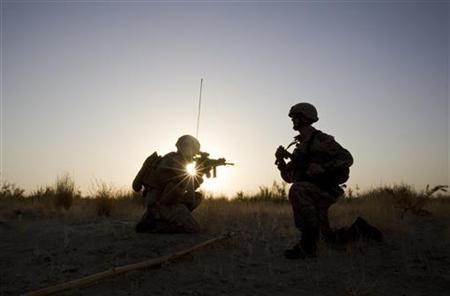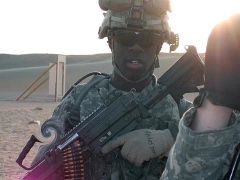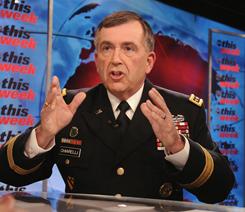Federal government has a responsibility to take care of nation’s troops, 1 AUG 2011, Sun Editorial
Walter Reed Army Medical Center in Washington, D.C., will close down at the end of the month, ending a century of service to the military.
Officials held a ceremony marking the closure last week, and the hospital’s patients and services will be transferred to other military facilities in the next few weeks. The move was ordered by the Base Realignment and Closure Commission in 2005 as part of the military’s consolidation efforts. Many services will be transferred to the new Walter Reed National Military Medical Center, which is scheduled to open next month at the site of the Navy’s hospital in Bethesda, Md.
The best-known medical facility, Walter Reed has a long legacy. It has treated everyone from rank-and-file soldiers to sitting presidents. The quality of the medical care has been top notch, and the facility has become particularly well-known for its work in prosthetics.
However, the facility’s reputation was tarnished in 2007, after a Washington Post series detailed how wounded troops recovering at the hospital were facing terrible living conditions. That led to quick changes in the way the Army handles and treats wounded soldiers.
The importance of quality care for the troops cannot be overlooked. More than 2 million Americans have served in the current wars in Iraq and Afghanistan, and the country has a responsibility to take care of those who were wounded during service.
FULL ARTICLE AT: http://www.lasvegassun.com/news/2011/aug/01/federal-government-has-responsibility-take-care-na/










